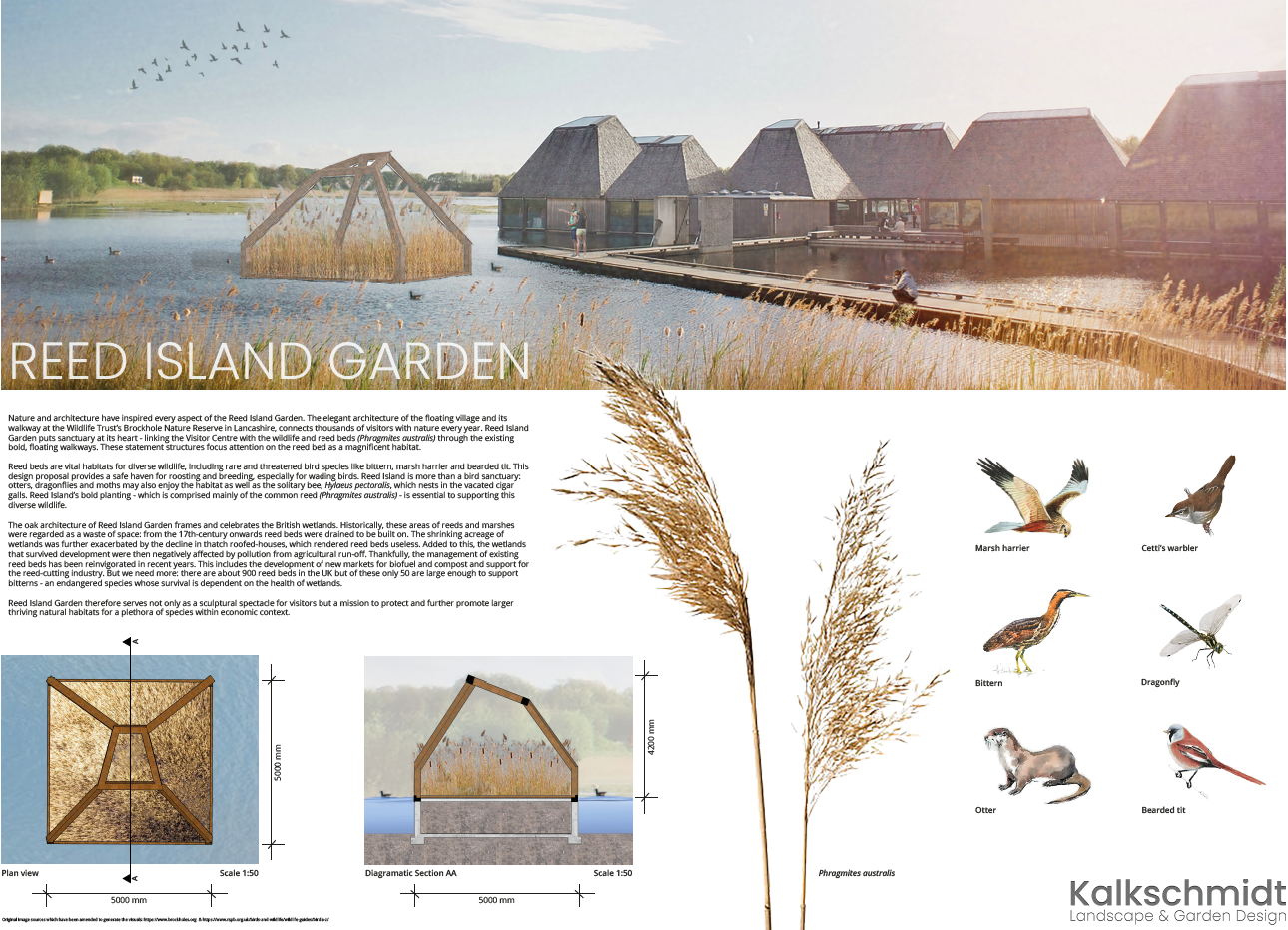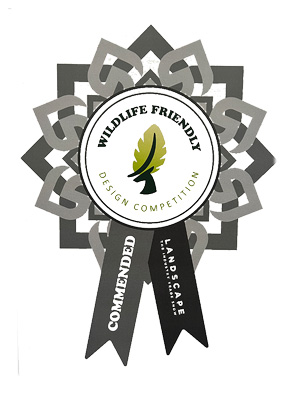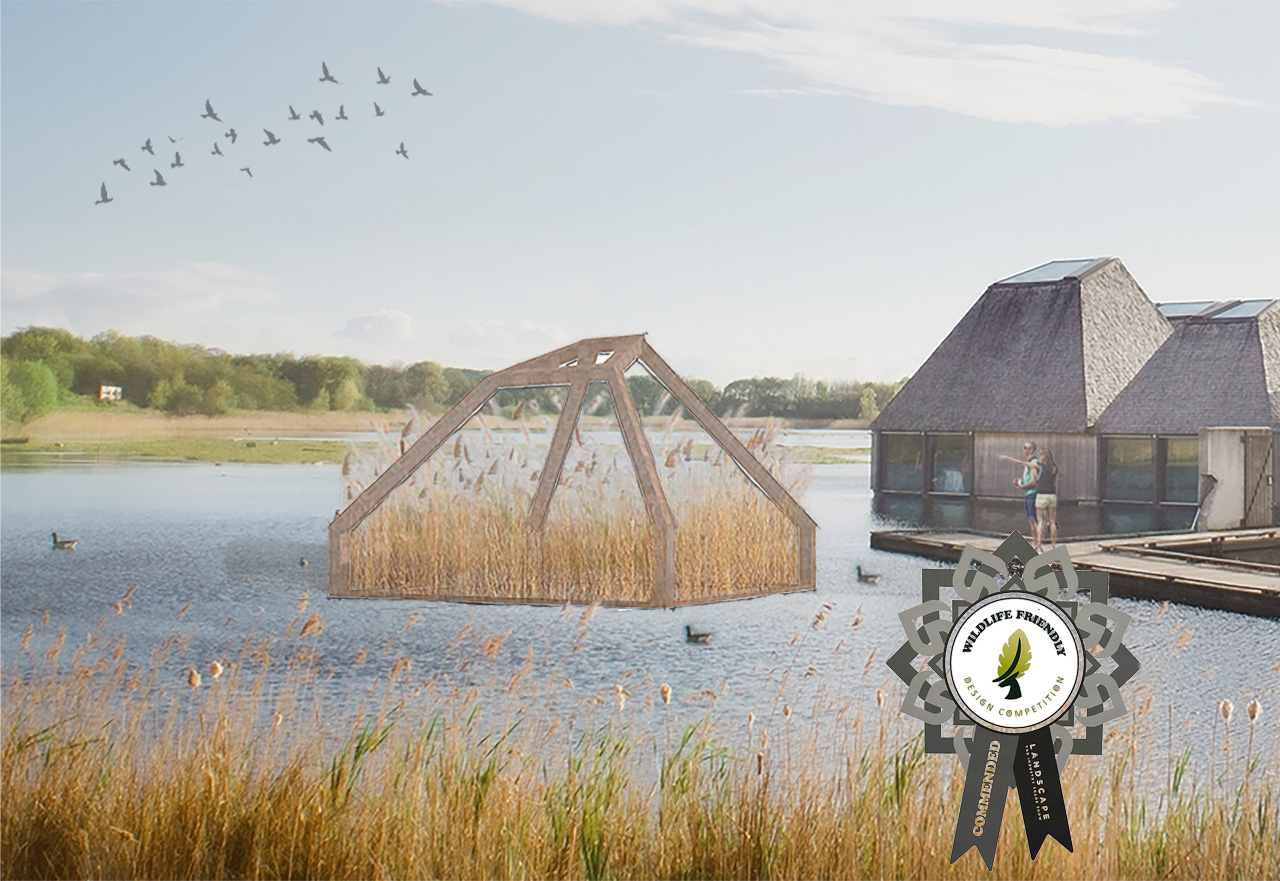Reed Island Garden
This was a competition for the Warwickshire and Birmingham Wildlife Trust and won runner up (commended). Exhibited at the Landscape Show 2022 at the NEC Birmingham.
Nature and architecture have inspired every aspect of the Reed Island Garden. The elegant architecture of the floating village and its walkway at the Wildlife Trust’s Brockhole Nature Reserve in Lancashire, connects thousands of visitors with nature every year. Reed Island Garden puts sanctuary at its heart – linking the Visitor Centre with the wildlife and reed beds (Phragmites australis) through the existing bold, floating walkways. These statement structures focus attention on the reed bed as a magnificent habitat.
Location
UK
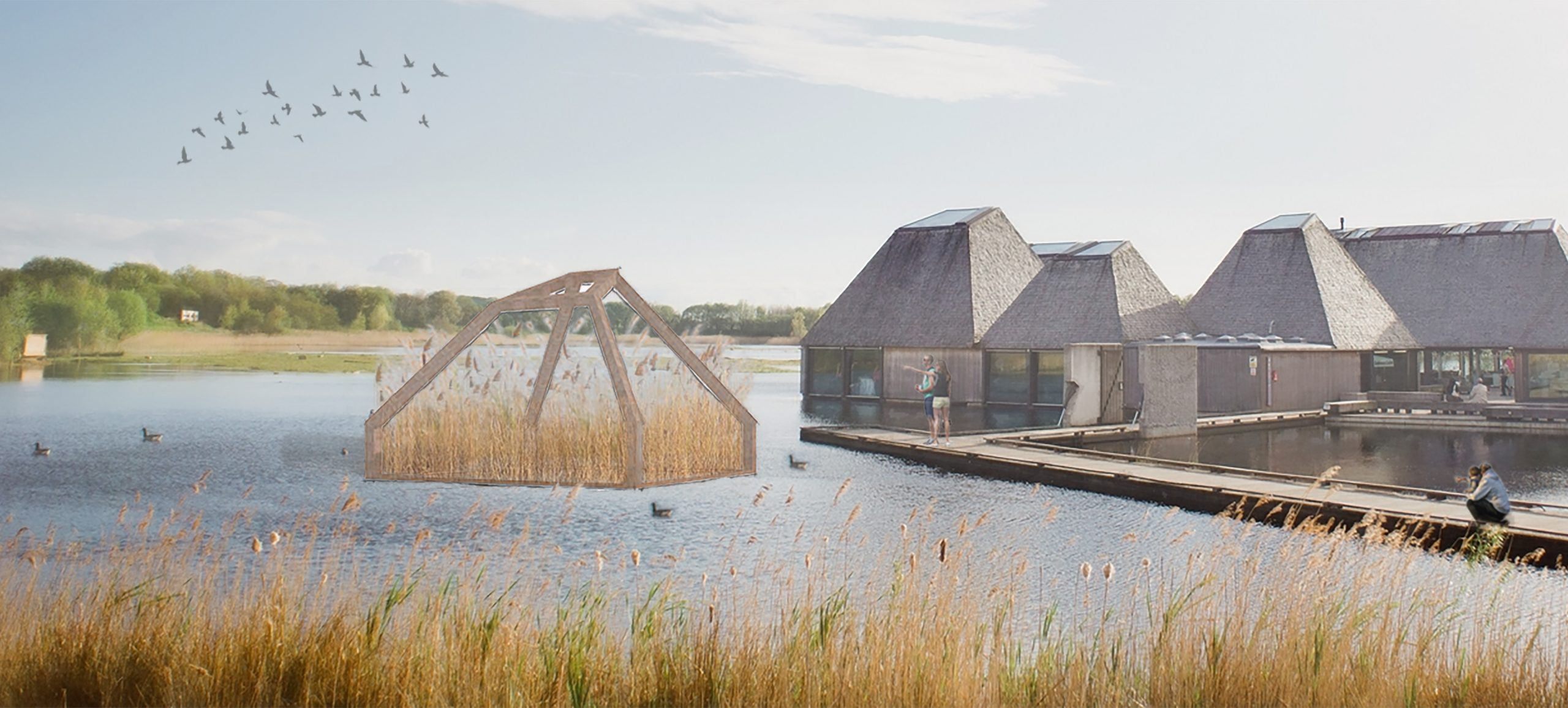
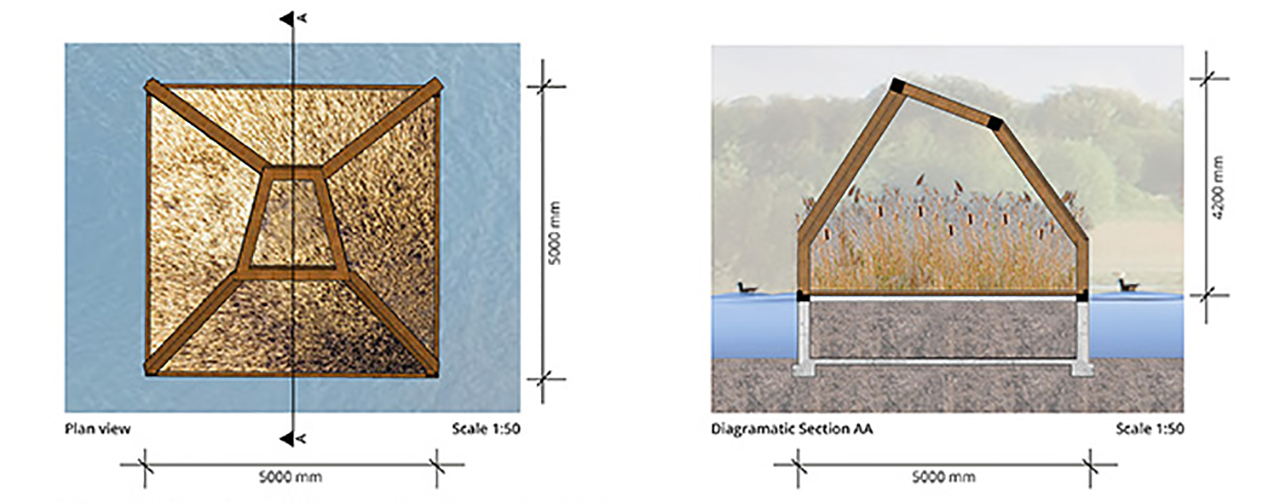
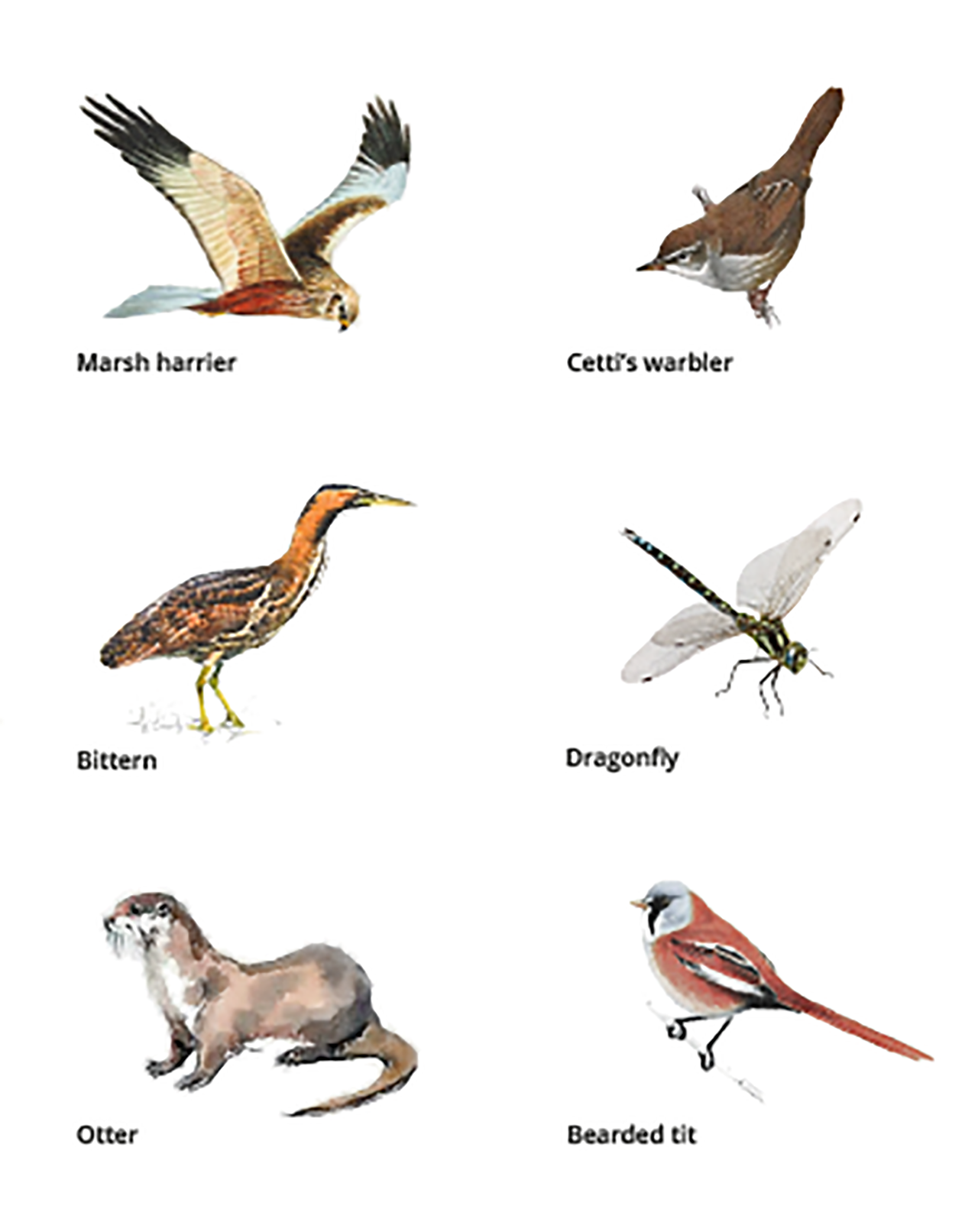
The oak architecture of Reed Island Garden frames and celebrates the British wetlands. Historically, these areas of reeds and marshes were regarded as a waste of space: from the 17th-century onwards reed beds were drained to be built on. The shrinking acreage of wetlands was further exacerbated by the decline in thatch roofed-houses, which rendered reed beds useless. Added to this, the wetlands that survived development were then negatively affected by pollution from agricultural run-off. Thankfully, the management of existing reed beds has been reinvigorated in recent years. This includes the development of new markets for biofuel and compost and support for the reed-cutting industry. But we need more: there are about 900 reed beds in the UK but of these only 50 are large enough to support bitterns – an endangered species whose survival is dependent on the health of wetlands.
Reed Island Garden therefore serves not only as a sculptural spectacle for visitors but a mission to protect and further promote larger thriving natural habitats for a plethora of species within economic context.
